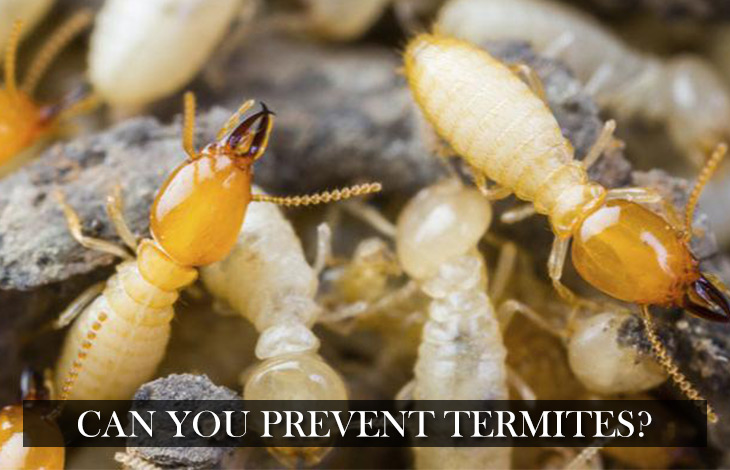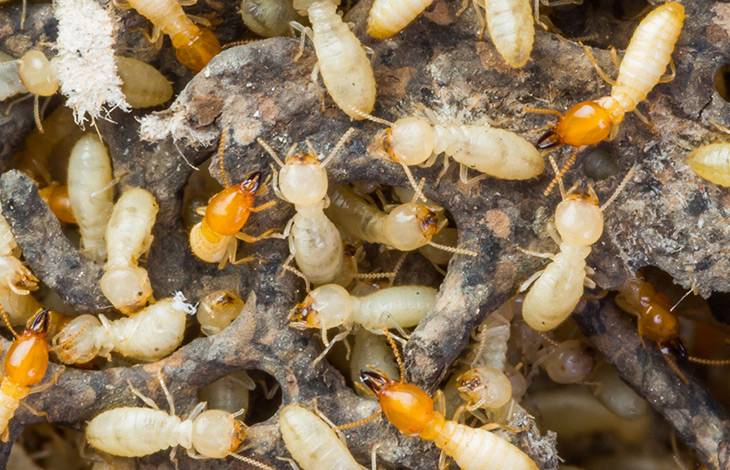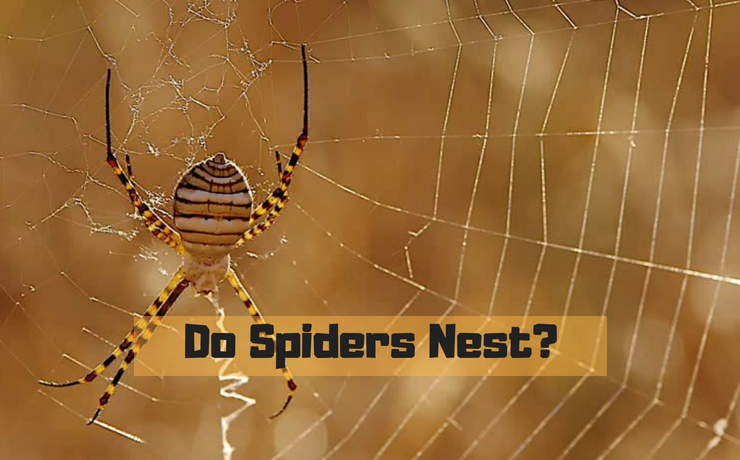Have you ever spotted a snail (or slug)indoors? It’s just sitting there, and you wonder how it got all the way up there. At the pace they move, it had to have taken hours/days to arrive, so how did it arrive undetected?Termites are a little like that. Not in the sense they move at a … snail’s pace … but in the sense that they live and work unseen. By the time you realise you have termites, your house is full of holes and in danger of crumbling. And because they lay thousands of eggs a day (some estimates say 30,000), the problem just keeps getting worse.
Is it even possible to detect them and stop them in time? Well, we haven’t solved the mysterious case of ninja slugs, but the reason it’s so hard to discover termites in your home is because they come from underground and sneak up the walls of the house. But unlike ants which make a visible trail along your surfaces, (or snails that leave a reverse road of slime), termites build tunnels. So you’re unlikely to spot them without the help of a termite inspection in Brisbane, or in whichever part of Australia you live.
Stop Them At The Root
The solution then, seems obvious: prevent them from leaving the ground. If you haven’t built your house yet, this is easier to do. It’s why using professional construction crews is important. They’ll let you know your site is termite-prone, and can give you prevention options. Termites can bore through soil and eat through wood, but they’re powerless against solid metal and impermeable stone. (Unless either one develops cracks, then it’s on!)
So if you want to keep termites out of your building, you need a strong layer of metal or stone between the soil and the house. A concrete foundation is your best bet, because while concrete can crumble and crack over time, it takes a while, and requires extra effort to permeate. You may think natural stone or bricks are stronger than concrete, but these materials can crack when exposed to heat and time, and termites just need the tiniest microscopic crevice to get what they want. They’re like the cats of the insect world – contorting themselves to fit tiny spaces.
They can do this because they have no hardened skeletons, so while their bodies are more vulnerable, they’re also more malleable, and that’s helpful for squeezing into tight spaces. If you’re really insistent on using rock, don’t go for slabs, because their particles can expand and contract, forming cracks. Instead, use BTB – a balsamic termite barrier. It’s made of miniscule bits of rock. They’re crammed together so tightly that even the termites’ wobbly bodies can’t make it through. This BTB layer will separate your home’s foundation from the soil.
Make It Metallic
A more common option is to combine concrete with blocks or bricks. A layer of 4-inch concrete is poured at the base. This way, even if it does crack, it’s harder for the crack to rip through all four inches. On top of the concrete, you can lay your blocks or bricks. This isn’t foolproof, but it’s better than not trying at all. Another alternative is to apply a mesh made of stainless steel directly on the ground beneath your foundation.
This steel isn’t a solid sheet. Rather, it’s a mesh with minute holes, the kind termites can’t worm through. Once your foundation is laid, stay away from wooden pillars and frames. These are a beacon for termites. So if they do make it through the concrete and cracked blocks, it’s game over. Instead, use steel frames to hold up your building. Yes, they’re expensive, but they cost way less than repairing termite damage.
Infuse Your Wood
But if you really need that wood, ensure you buy heart wood, or timber treated with termite repellent. Of course not everyone builds their house from scratch, and when you move into it, you can’tbe sure the initial builders sought out termite protection in Brisbane. So as soon as you move in, organize a termite assessment team, just to be sure. Once you’re sure they haven’t invaded (yet), you can evaluate the surface around your foundation.
Get rid of any wood that’s next to the ground, and anything else termites might eat, like paper, mulch, or cardboard. There should be a 4-inch gap between your walls and any kind of termite-fodder. Live plants should keep a ‘five-foot-perimeter’ as well. Light and moisture attract termites, so keep the base of your home dark and dry at all times. You can light up the areas above the ground though, because the light is a warning against a different kind of pest … and to ensure continued safety, termite check regularly.
Read More:
Cost-effective Ways on How to Prevent Bedbugs in Spring
Pest Management in Brisbane: What you Need to Know




